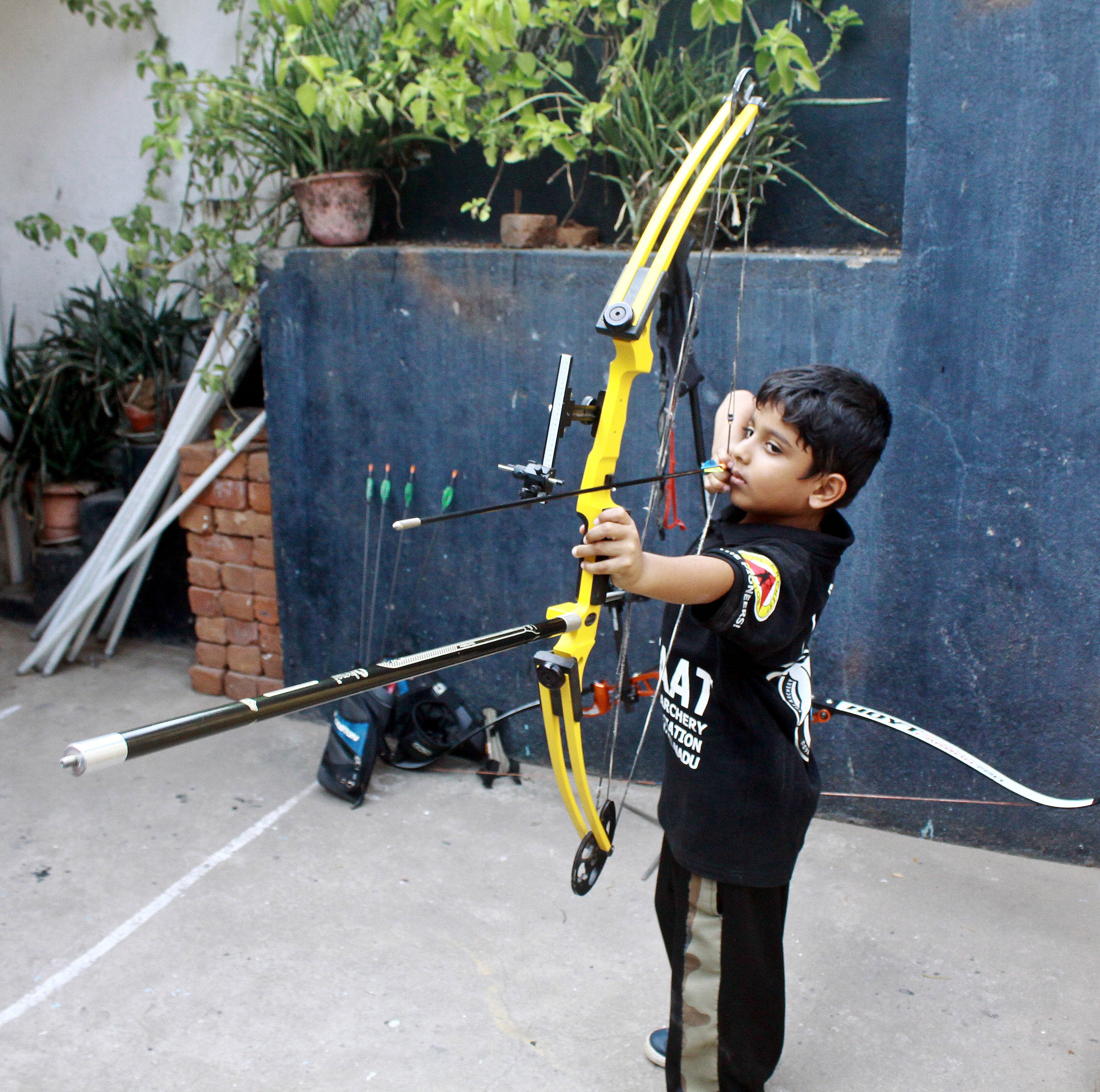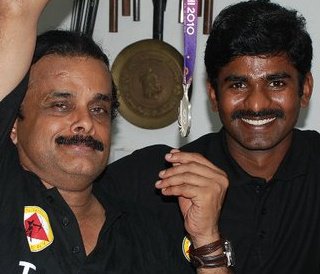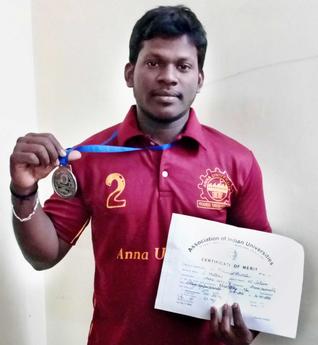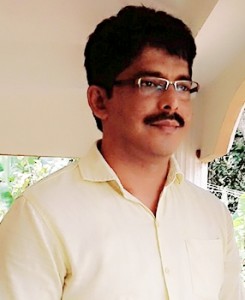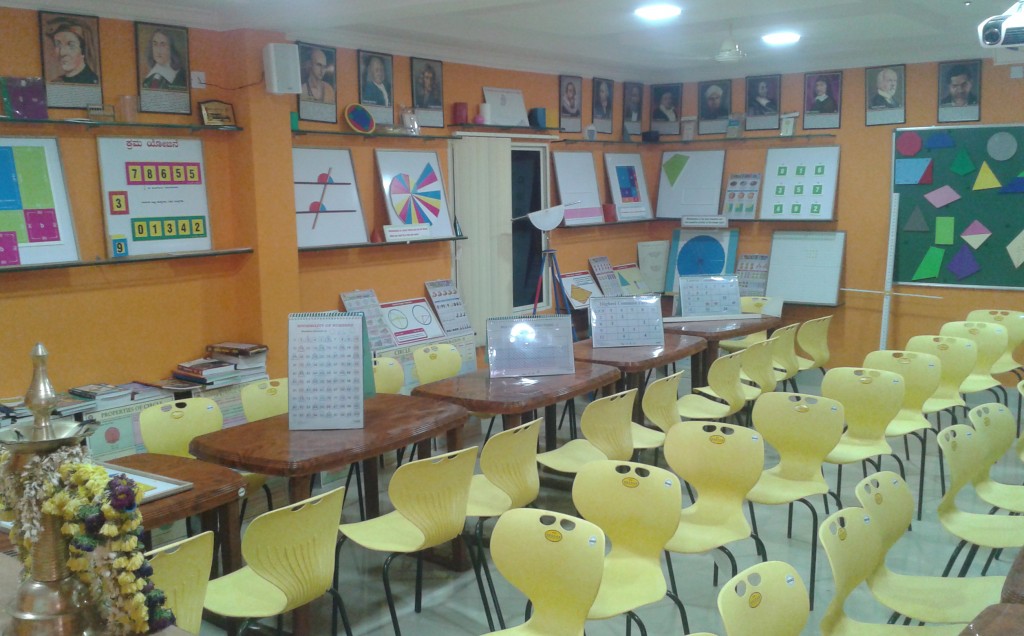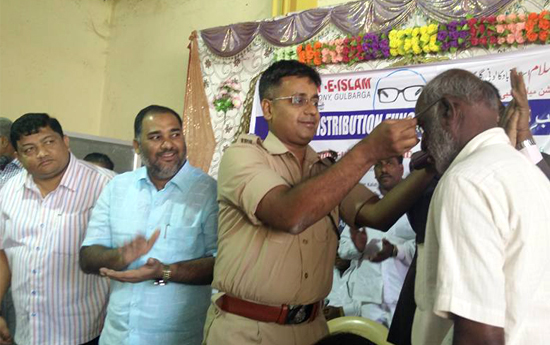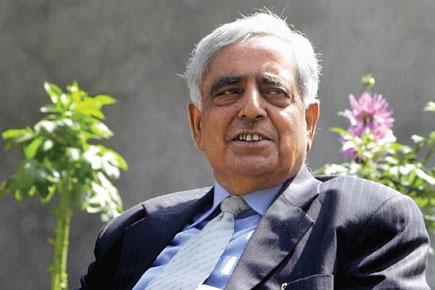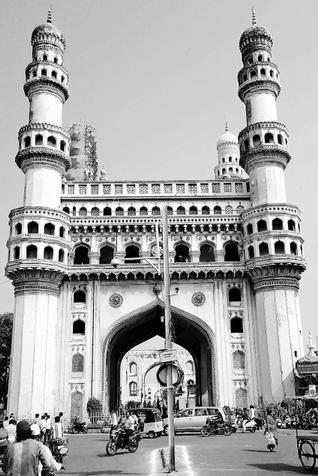
Two lamp posts with HD CCTV cameras planted near Charminar as it completes 425 years
The iconic Charminar got a birthday gift from the police in the year when it completes 425 years. Two lamp posts with CCTV cameras have been planted firmly in line with the view from Mecca Masjid. It is exactly in the line of sight where people take photographs of the monument with the full height of minars in view.
Now, whoever takes a selfie will have a lamp post poking out of the head. “We have installed these HD CCTV cameras as part of the city-wide security upgradation,” informed a police official.
Ironically, it was on February 8, 1591 after 2 p.m. that the foundation of Hyderabad was laid. So, a celebration should have been in order as the city completes 425 years of being a magnet to people from across the world.
“On an auspicious day when the moon was in the constellation of Leo and Jupiter in its own mansion and all the stars were favorable, the foundation of Hyderabad was laid,” are the words in Tarikhe Farishta , which gives a brief history of the foundation of Hyderabad.
“This constellation position occurred in 1591 according to my calculations based on astrological information. Coincidentally after 2 p.m. on February 8, 1591, the moon entered Leo and Jupiter was in Visakha. Mansion usually refers to lunar position or nakshatra. Jupiter rules visakha nakshatra,” informed Anurag Sharma, who does astrology consultancy and research.
According to the history of Qutb Shahi dynasty in Tuzuke Qutbshahi , the foundation of Hyderabad was laid on October 30, 1590 the first day of Muharram, to mark the end of a cholera epidemic. The villagers of Chichilam got together and planted a tazia (a wooden flag appearing like a palm) in the middle of the road that connected the Golconda fort to the port of Machilipatnam. Once the plague subsided in October, at the end of the rainy season, the relieved king built the monument to mark the occasion and also as a marker of the four cardinal points of the city. The building was supposed to work like a charm and the inner arches of monument are capped by images of ferocious rats with gargantuan teeth. The building was completed in 1597.
Today, the Charminar is a centrally protected monument under the Archaeological Survey of India and no construction or defacement is allowed within 100-metres of the monument.
Asked about the cameras within 100 feet of the monument, an ASI official said: Security concerns are paramount and whatever the police are doing is for the good of the society.”
So, whether the city officials celebrate or not, the prayer of Mohammed Qutb Shah when he laid the foundation of the city has come true: “Oh Allah! bestow unto this city peace and prosperity. Let millions of men of all castes, creeds and religions make it their abode, like fish in the water.”
source: http://www.thehindu.com / The Hindu / Home> National> Andhra Pradesh / Serish Nanisetti / Hyderabad – February 10th, 2016
